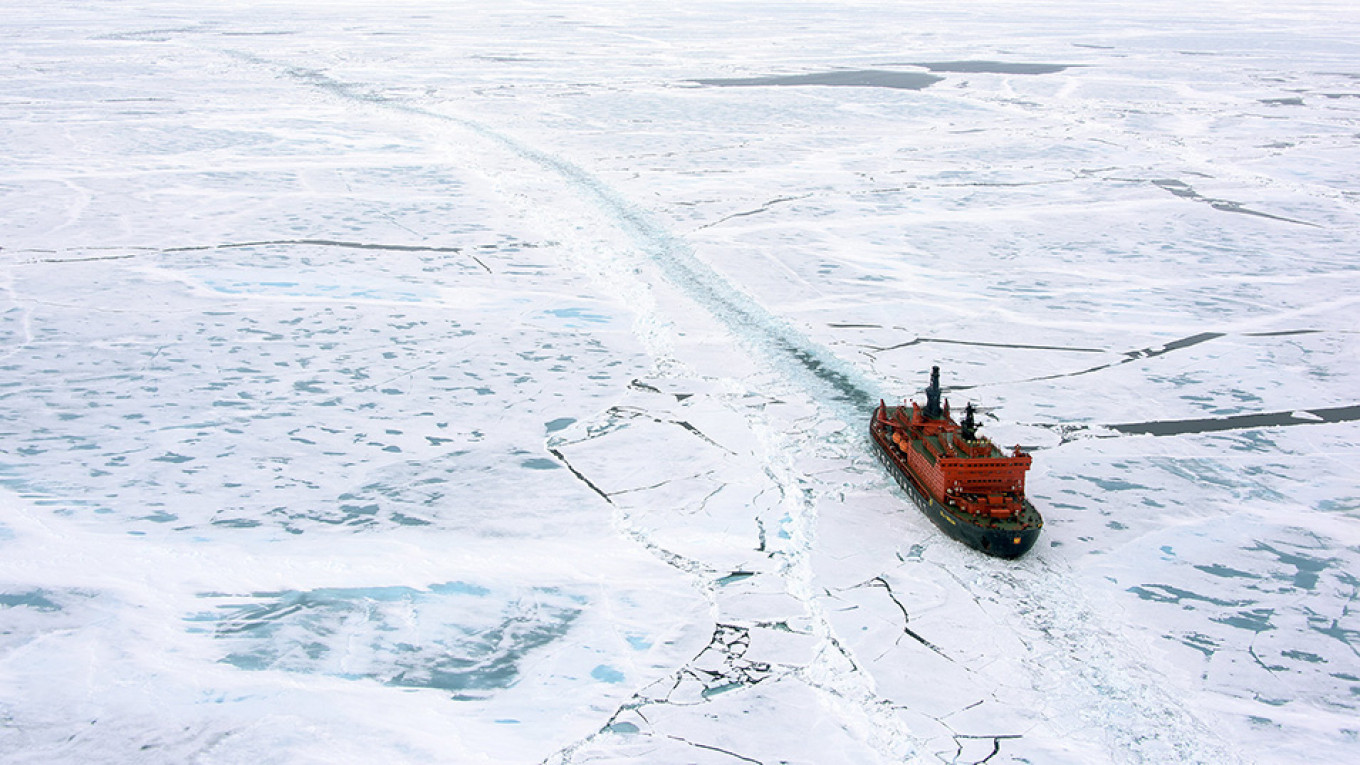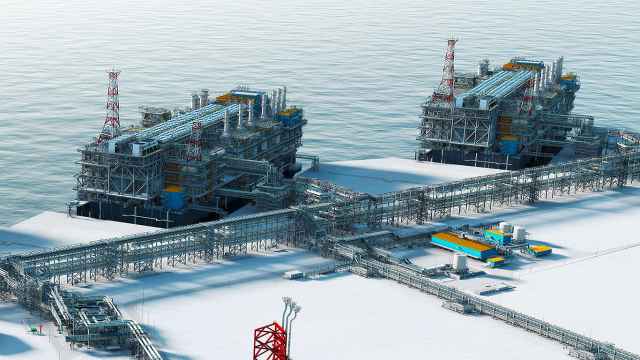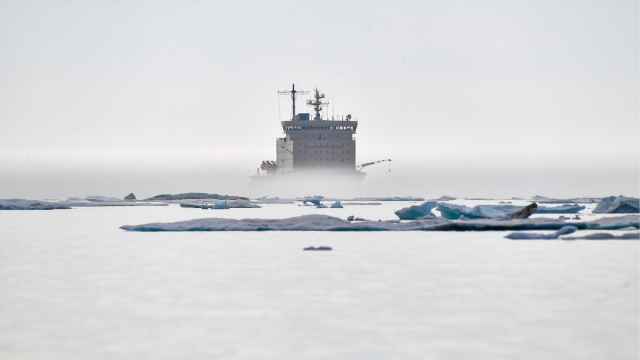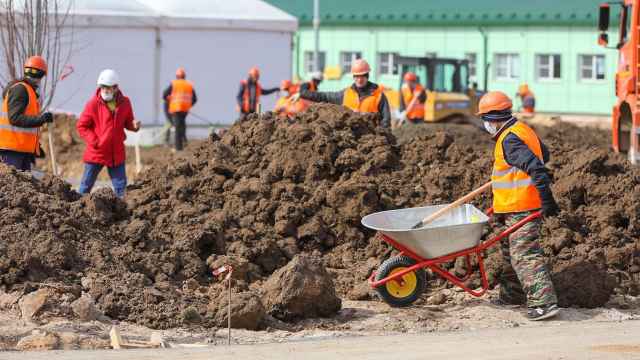“Natural gas is an environmentally clean fossil fuel,” the authors of Russia’s new development program on liquified natural gas (LNG) argue.
The document — approved and signed by Prime Minister Mikhail Mishustin this week — is based on the assumption that LNG has a bright future in international energy markets. By 2030, global demand for LNG will increase to 4.7 trillion cubic meters, and to 5.7 trillion in 2050, the report states. In 2018, world consumption was 3.8 trillion cubic meters.
Russia intends to boost its annual LNG production to 140 million tons by 2035, an almost five-fold increase compared with 2020. That could make the country a world leader in the field.
Practically all of the country’s planned projects are located in the remote Arctic, and first of all in the Yamal-Nenets region, where more than 90% of the country’s total natural gas resources are located. This is where Novatek in 2017 opened its Yamal LNG and where Arctic LNG 2 is due to come into production in 2023.
According to the new state development program, several more projects are due to be launched in the region over the next decade. Among the ones listed as “likely” to be developed are the Ob LNG and Arctic LNG 1 proejcts, which will produce about 6 million tons and 19.8 million tons respectively.
However, project developer Novatek might ultimately decide that the former project will produce ammonia, and not LNG as originally planned. The reason for the shift is believed to be connected with significant technological challenges, as well as the rapid transformation of international energy markets.
Among the projects listed in the federal LNG program as “possible” is Arctic LNG 3, which is based on the resources of the Severo-Obskoye field in Yamal. Projected production is 19.8 million tons, the same as Arctic LNG 1 and 2.
Also in the category of “possible” projects is Gazprom’s Tambey fields located in the eastern part of the Yamal Peninsula, as well as the Pechora LNG and Kara LNG. The latter is planned by oil company Rosneft and is based on resources from the company’s major natural gas resources in the Kara Sea. The project will include annual output of up to 30 million tons, produced by a plant built in the Novaya Zemlya archipelago, the strategy outlines.
Rosneft might also decide to produce LNG as part of its major Vostok Oil project in the Taymyr Peninsula. A plant built near the projected Sever Port Bay could produce as much as 50 million tons of LNG per year, the government document reads.
The Shtokman field in the Barents Sea is also among the listed “possible” LNG projects. That project was for years seen as a hot investment by foreign companies like Equinor and Total, and is believed to be able to produce up to 30 million tons of LNG per year. However, as noted by the government planners, the major distances to land makes the project economically unviable. The potential of the Shtokman field can only be fulfilled in the long-term perspective, after 2030, they argue.
The boost in LNG production should generate great revenues. According to the authors of the document, LNG exports will be worth $150 billion by 2030. However, only a minor share of that money will be transferred to the state treasury. In a bid to boost project development, the Russian government has zero tax on LNG exports.
There is also growing concern in the Russian energy sector over the rapid transformation of key energy markets — first of all the EU’s drive towards renewable sources.
As a result, several major oil and gas companies are starting to assess possible alternative usage of the major natural gas reserves. That includes the building of petrochemical plants, and the generation of blue hydrogen and ammonia.
A Message from The Moscow Times:
Dear readers,
We are facing unprecedented challenges. Russia's Prosecutor General's Office has designated The Moscow Times as an "undesirable" organization, criminalizing our work and putting our staff at risk of prosecution. This follows our earlier unjust labeling as a "foreign agent."
These actions are direct attempts to silence independent journalism in Russia. The authorities claim our work "discredits the decisions of the Russian leadership." We see things differently: we strive to provide accurate, unbiased reporting on Russia.
We, the journalists of The Moscow Times, refuse to be silenced. But to continue our work, we need your help.
Your support, no matter how small, makes a world of difference. If you can, please support us monthly starting from just $2. It's quick to set up, and every contribution makes a significant impact.
By supporting The Moscow Times, you're defending open, independent journalism in the face of repression. Thank you for standing with us.
Remind me later.






